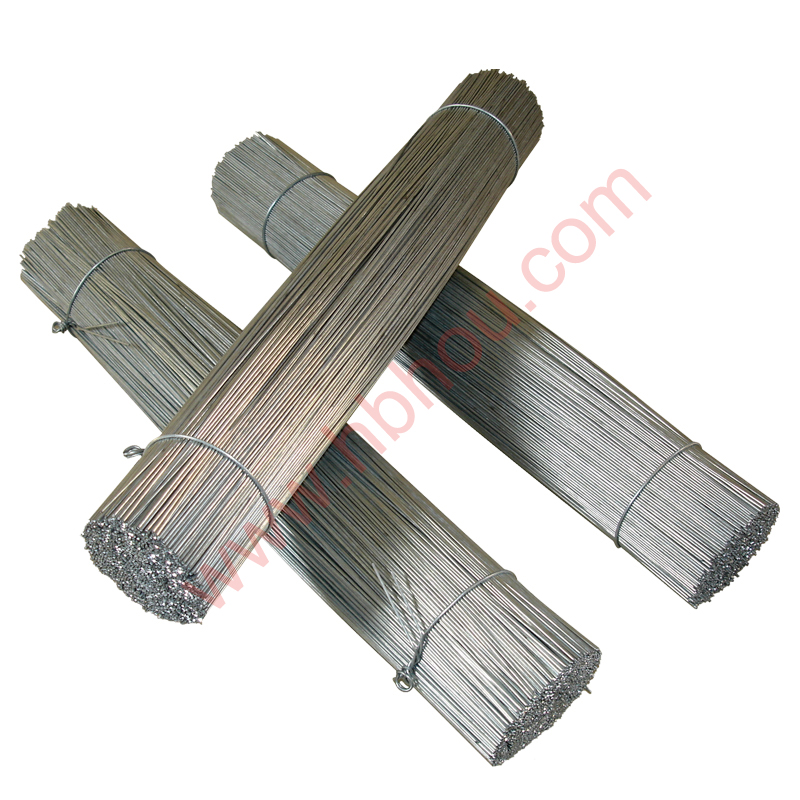Exploring the Inner Workings of Gabion Walls
Gabion walls, often seen in landscaping and civil engineering, are both functional and aesthetically pleasing structures. These walls are made from wire mesh cages filled with stones, gravel, or other materials, providing durability and flexibility. Understanding the interior aspects of gabion walls is key to leveraging their strengths in various applications.
The Structure of Gabion Walls
At first glance, gabion walls appear to be simple stone barriers, but their construction is quite intricate. The wire mesh cages can be made from different materials, including galvanized steel or PVC-coated wire, which protects against corrosion. The interior of these walls is filled with carefully selected materials, primarily rocks or concrete pieces, that provide weight and stability. This combination of materials allows gabion walls to withstand considerable lateral pressures from soil and water.
Interior fillers are not only essential for structural integrity but also play a significant role in the wall’s drainage capabilities. The voids between the stones allow water to percolate through, reducing hydrostatic pressure during heavy rainfall and preventing erosion behind the wall. This is a crucial feature, as it enhances the longevity and effectiveness of the structure.
Advantages of Gabion Walls
One of the most significant advantages of gabion walls is their aesthetic versatility. The choice of interior fill material opens up a plethora of design possibilities. From smooth river stones to rough granite, the internal elements can be tailored to match the surrounding environment. This adaptability makes gabion walls an attractive solution for both urban and rural settings, enabling them to blend seamlessly into landscape designs.
gabion wall interior

Additionally, gabion walls are environmentally friendly. The use of natural stones in their interior means that they can be sourced locally, reducing transportation costs and environmental impact. Moreover, gabion walls can promote vegetation growth between the stones, enhancing biodiversity and contributing to local ecosystems. As plants mature, they can further stabilize the wall, creating a robust barrier that supports both ecology and engineering.
Applications of Gabion Walls
Thanks to their unique properties, gabion walls have a wide range of applications. They are often used in erosion control, serving as barriers against soil movement on slopes and riverbanks. The permeability of the fill material allows for effective drainage, thus reducing the risk of water pooling and subsequent soil erosion.
In addition to erosion control, gabion walls can serve as noise barriers along highways and railways. By incorporating larger stones or heavier materials in the interior, these walls can effectively dampen sound waves, providing a quieter environment for adjacent residential areas.
Gabion walls can also be utilized creatively in landscaping projects. Garden designers have embraced these structures as retaining walls or decorative features in parks. By carefully selecting the internal fill material, they can create visually striking installations that complement plants and pathways.
Conclusion
Gabion walls are a marvelous intertwining of function and design. Understanding the interior components and their implications can lead to more innovative applications and efficiencies in construction. Their durable structure, coupled with environmental benefits, positions gabion walls as a contemporary solution for modern engineering challenges. As we continue to explore sustainable construction methods, gabion walls stand out as an elegant choice that harmonizes with both nature and human endeavors. Thus, their growing popularity is set to resonate in the future of landscaping and civil engineering projects.
















